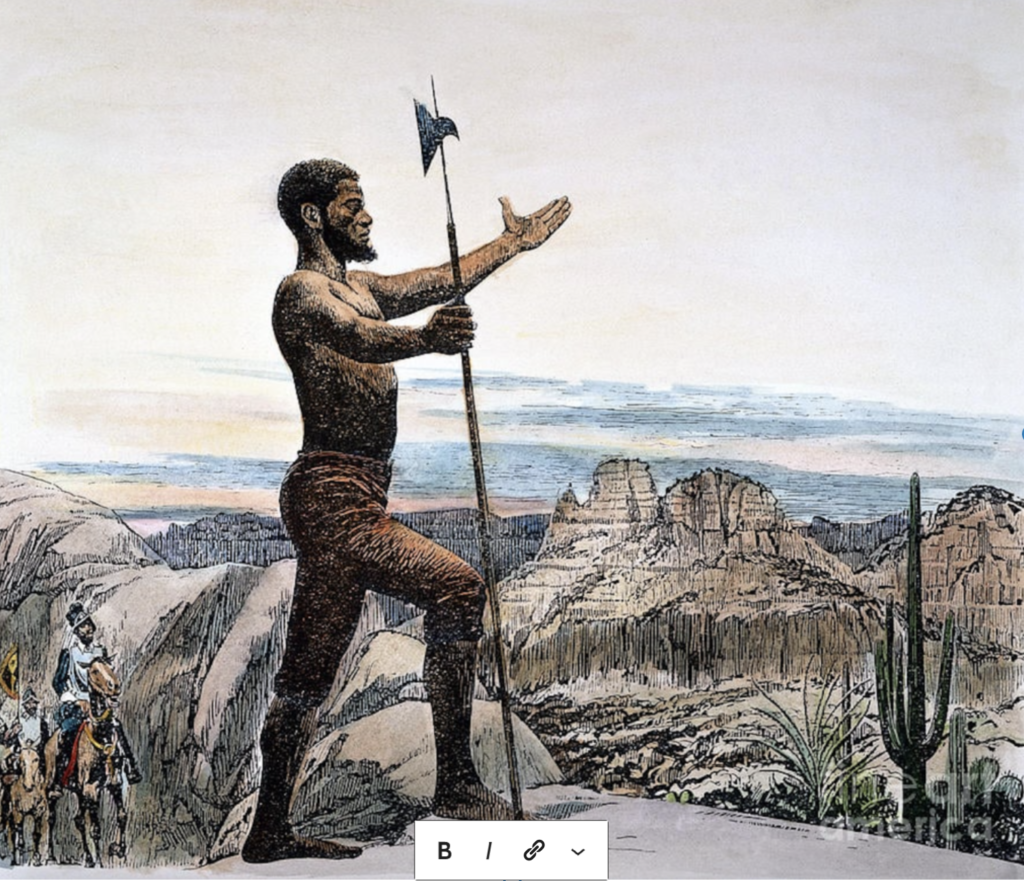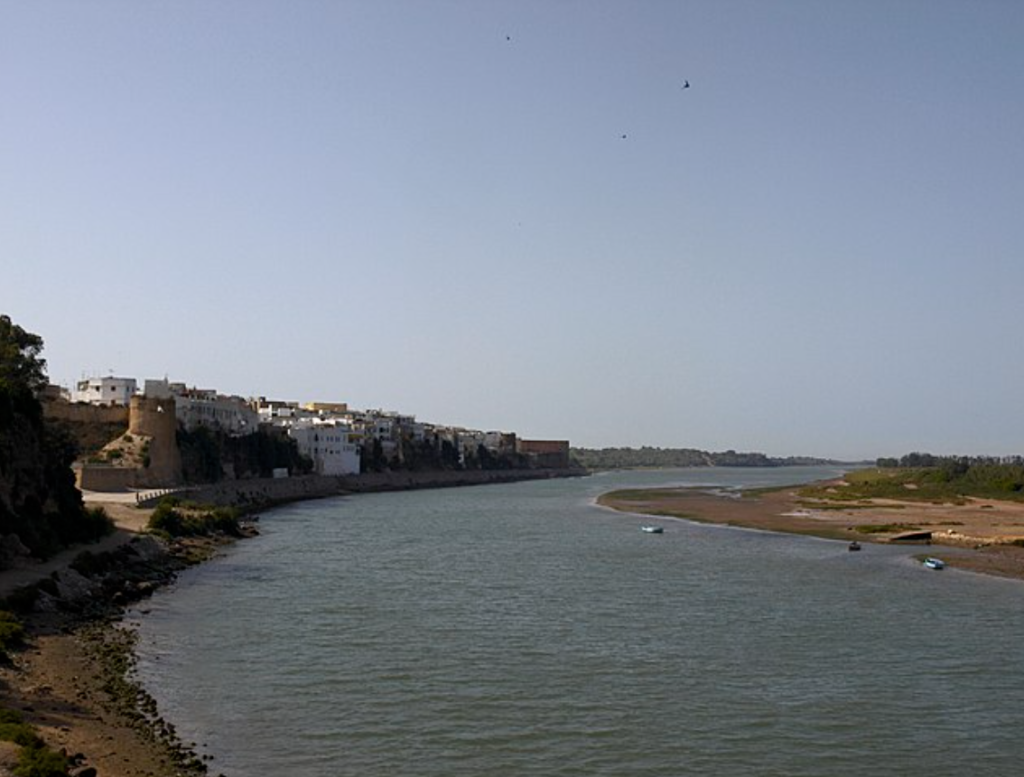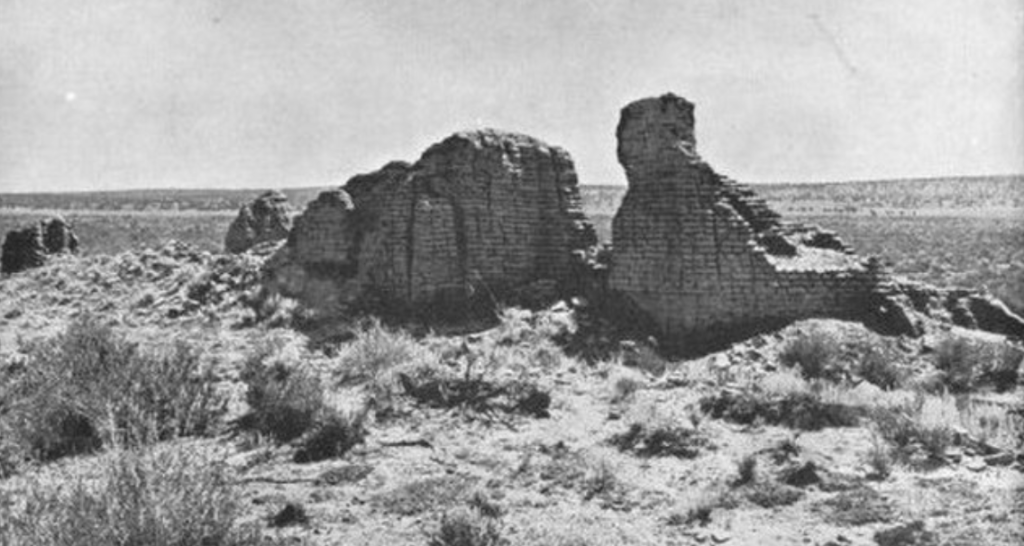The First “Arab American” in the U.S.-Estevanico

By: Mehdi El Merini / Arab America Contributing Writer
Estevanico, also known as Mustafa Azemmouri, holds a unique place in the history of exploration as one of the first known Africans and Arabs to set foot in the Americas. His story is a remarkable blend of adventure, survival, and cultural interaction woven into the narrative of early Spanish expeditions in the New World.
Born in the early 1500s in Azemmour, Morocco, Estevanico’s journey from North Africa to the Americas reveals much about the complex dynamics of slavery, exploration, and cross-cultural encounters during the Age of Discovery. His legacy makes him the first “Arab American” in recorded history.
Estevanico’s Early Life in Morocco
Estevanico’s early life in Azemmour, a coastal town in Morocco, was shaped by the vibrant and diverse cultures of North Africa. Azemmour, under Portuguese control during Estebanico’s youth, was a melting pot of Arab, Amazigh, and European influences. This cosmopolitan environment would have exposed Estevanico to various languages, traditions, and customs, perhaps preparing him for the diverse encounters he would later face in the Americas.
Though little is known about his early life, Estevanico’s enslavement likely occurred during one of the frequent conflicts between the Portuguese and local Moroccan forces. Around 1513, the Portuguese captured Azemmour, and Estevanico was likely taken as a prisoner of war. He was sold into slavery and eventually found his way to Spain, where he became the property of Andrés Dorantes de Carranza, a Spanish nobleman. Under Dorantes’ ownership, Estevanico was baptized into Christianity and named Estevanico, a diminutive of Esteban (Stephen in English).
The Narváez Expedition
In 1527, Estevanico’s life took a dramatic turn when he was enlisted in the ill-fated Narváez expedition. Led by Pánfilo de Narváez, this expedition aimed to explore and conquer the territory of La Florida, a region thought to be rich in gold and other resources. The expedition included 600 men, including Estevanico, who served as a slave to Dorantes but also played a crucial role as an interpreter and guide.
The Narváez expedition quickly descended into disaster. After landing near present-day Tampa Bay, Florida, the group faced a series of misfortunes, including hostile encounters with Indigenous peoples, severe weather, and a lack of food and fresh water. As the expedition moved westward along the Gulf Coast, their numbers dwindled due to disease, starvation, and attacks.
By 1528, only a small group of survivors, including Estevanico, had built makeshift rafts and attempted a perilous sea journey along the Gulf of Mexico. After being shipwrecked near present-day Galveston, Texas, the survivors faced a new set of challenges, including enslavement by local Indigenous tribes. Over the next several years, Estevanico and his companions endured a grueling existence as captives, living among various Indigenous groups and learning their languages and customs.

Journey of Survival and Exploration
Estevanico’s survival skills, linguistic abilities, and adaptability became invaluable as the small group of survivors, led by Álvar Núñez Cabeza de Vaca, made their way across the vast and unfamiliar landscape of what is now the American Southwest. Over eight years, Estevanico and the others traveled through Texas, New Mexico, Arizona, and northern Mexico, encountering a wide range of Indigenous cultures.
Estevanico’s role as an interpreter and mediator between the Spaniards and Indigenous peoples was crucial to their survival. His knowledge of various languages and customs allowed him to communicate and negotiate with different tribes, often securing food, shelter, and safe passage for the group. Estevanico’s presence as an African and Muslim (despite his forced conversion) added another layer of complexity to these interactions, as he was often perceived differently than the Spanish explorers.
By 1536, Estevanico and the three other survivors—Cabeza de Vaca, Dorantes, and Alonso del Castillo Maldonado—finally reached the Spanish settlement of Culiacán in present-day Sinaloa, Mexico. Their arrival was miraculous, as they were the only known survivors of the original 600-man Narváez expedition.
The Expedition to the Seven Cities of Cibola
Estevanico’s story did not end with his survival of the Narváez expedition. His reputation as a skilled guide and interpreter led to his involvement in another significant expedition to explore the legendary Seven Cities of Cibola. In 1539, Estevanico was sent as part of an expedition led by the Franciscan friar Marcos de Niza to locate these fabled cities, rumored to be rich in gold and other treasures.
Estevanico’s role in the expedition was significant; he was sent ahead as a scout to communicate with Indigenous groups and gather information about the region. His ability to establish rapport with the local tribes was again tested. However, this journey would prove to be his last. When Estevanico and his party reached what is now the Zuni Pueblo in New Mexico, the Zuni people, wary of the intentions of these outsiders, killed Estevanico in a confrontation.

Estevanico’s Legacy
Estevanico’s life and legacy offer a unique perspective on the early history of the Americas. As one of the first Africans to explore the continent, his experiences highlight the complex intersections of race, culture, and power during the era of European exploration. Though often overshadowed by his Spanish counterparts, Estevanico’s contributions were vital to the survival and success of the expeditions he participated in.
His story also challenges traditional narratives of exploration, which have often focused on European figures while neglecting the diverse individuals who played crucial roles in these endeavors. Estevanico’s journey from Morocco to the Americas is a testament to the resilience and adaptability of those who, despite being marginalized and enslaved, shaped the course of history in profound ways.
Today, Estevanico is remembered not only as a pioneer in the exploration of the Americas but also as a symbol of the enduring human spirit in the face of adversity. His story serves as a reminder of the often overlooked contributions of Africans and other marginalized groups to the history of the New World.
Check out our Blog here!








